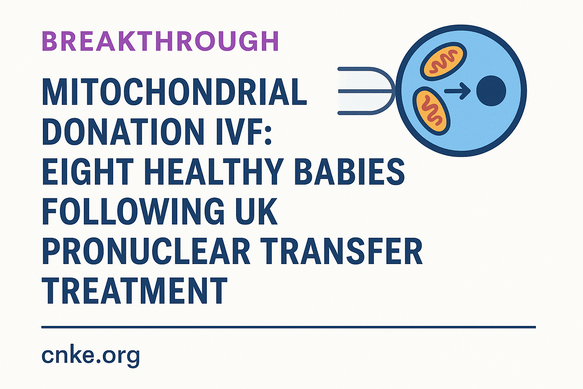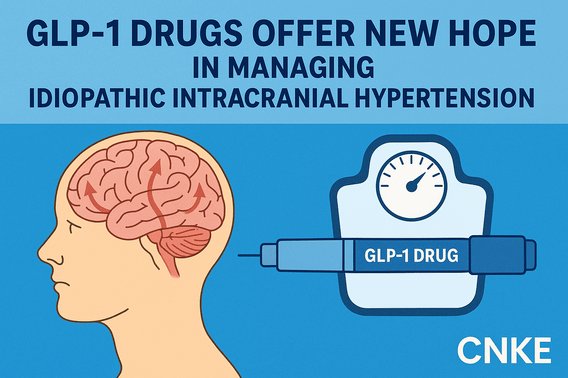Mass General Brigham researchers, in collaboration with Boston Children’s Hospital and Dana-Farber/Boston Children’s Cancer and Blood Disorders Center, have unveiled a promising advance in pediatric brain tumor care:
an artificial intelligence (AI) model capable of predicting cancer recurrence by analyzing sequential brain scans. Their findings were recently published in The New England Journal of Medicine AI.
Gliomas, a common form of brain tumor in children, are often treatable with surgery alone. However, when relapses occur, they can be devastating. Current practice relies on frequent magnetic resonance (MR) imaging over many years — a process that can be both burdensome for families and stressful for children. Predicting which children are at greater risk of recurrence has remained a significant challenge.
“We need better tools to identify early which patients are at the highest risk of recurrence,” said Dr. Benjamin Kann, corresponding author and member of the Artificial Intelligence in Medicine (AIM) Program at Mass General Brigham. “Our AI-assisted approach offers a path toward more tailored, less burdensome follow-up care.”
A Novel Approach: Temporal Learning
What sets this project apart is the use of temporal learning, a technique that allows AI algorithms to assess not just one, but a series of brain scans taken over months after surgery. Traditionally, AI models in medical imaging have focused on single images. Here, the model was trained to recognize subtle changes across time, enhancing its ability to flag early signs of cancer returning.
The study drew upon nearly 4,000 MR scans from 715 pediatric patients, collected through a network of institutions and supported in part by the National Institutes of Health (NIH).
Results were impressive: using four to six sequential post-treatment scans, the AI model predicted relapse of low- or high-grade gliomas with an accuracy of 75–89%, far outperforming predictions based on single scans, which hovered around 50% — no better than chance.
“This technique may be applied in many settings where patients get serial, longitudinal imaging,” added Divyanshu Tak, MS, the study’s first author. “It has the potential to transform how we approach surveillance in pediatric neuro-oncology and beyond.”
Looking Ahead
While the findings are highly encouraging, the researchers stress the need for further validation in additional clinical settings before the model can be routinely used in practice. Plans are underway for clinical trials to determine if AI-informed risk predictions could lead to reduced imaging for low-risk patients or earlier interventions for those at higher risk.
This work was made possible through support from the NIH/NCI (U54 CA274516 and P50 CA165962), the Botha-Chan Low Grade Glioma Consortium, and data access from the Children’s Brain Tumor Network (CBTN).
By combining the enduring value of clinical vigilance with the innovations of modern AI, this research represents a meaningful step forward in safeguarding the futures of children facing brain tumors.
Reference:
Tak, D et al. “Longitudinal Risk Prediction for Pediatric Glioma with Temporal Deep Learning,” NEJM AI, DOI: 10.1056/AIoa2400703
Cover Image: Roofs, Trees and a Woman - Rik Wouters (Belgian, 1882 – 1916)







